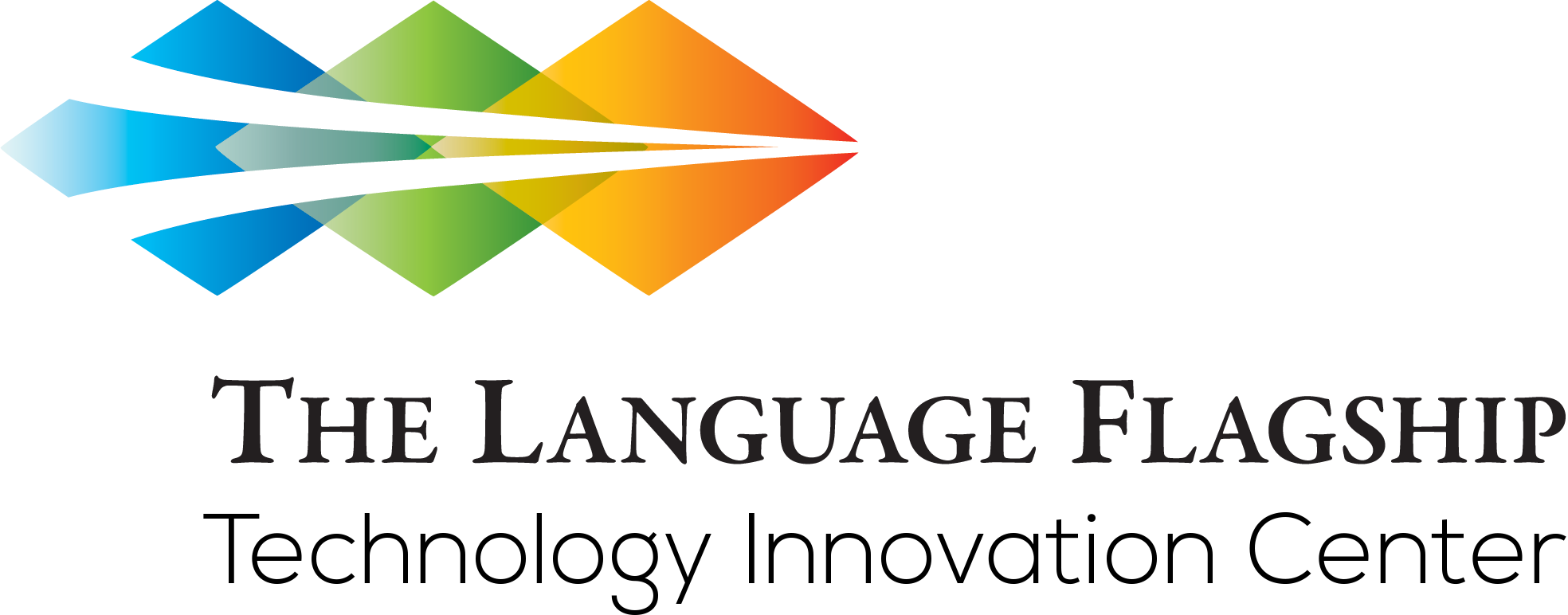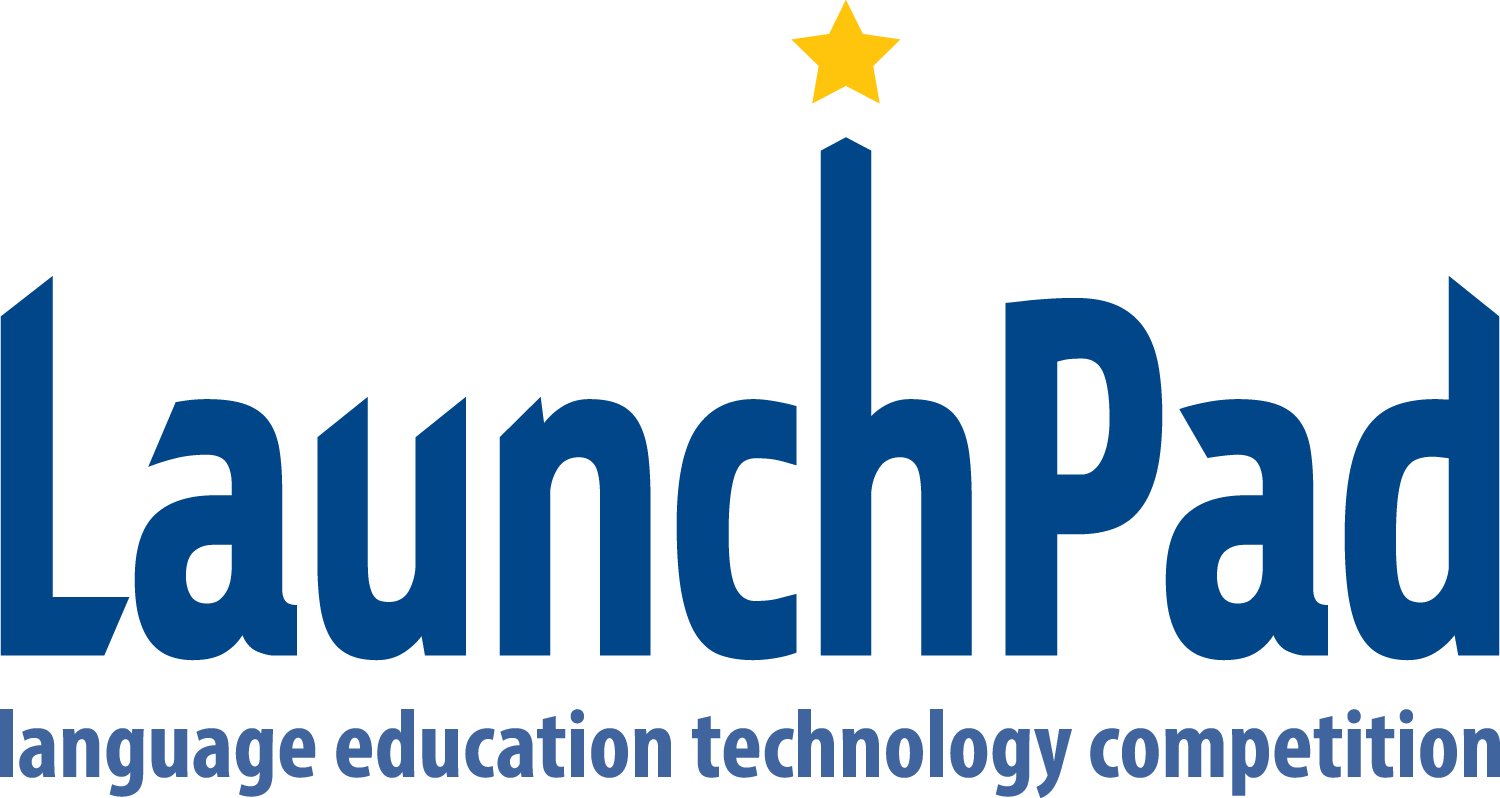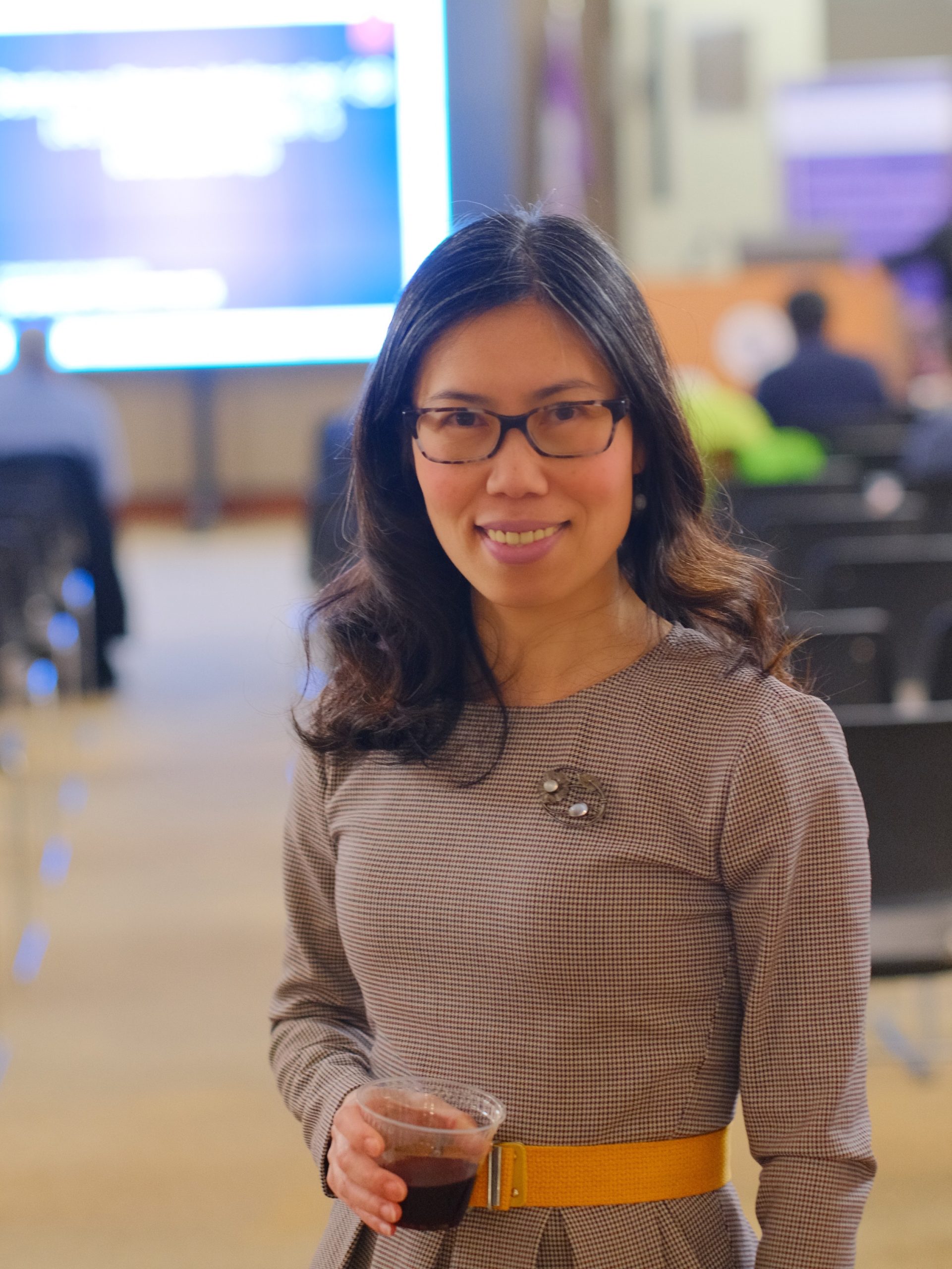LaunchPad Questions
During the LaunchPad, the audience had an opportunity to ask questions about the products. The Tech Center shared those questions with the entrepreneurs and here are the responses.
How is this different from Duolingo?
One of the main goals of the app is to connect learners to talk in pairs to complete tasks, which is completely different from Duolingo. It also targets learners at a higher level of proficiency and can help learners to achieve a high level of proficiency.
How do you handle the fact that different people may be at different levels/stages in learning a language?
There are tasks at different proficiency levels that learners can choose from to complete individually. When they choose someone to connect with, they can see the other learners’ self-assessed proficiency level. If their level slightly or moderately differs, research shows that they can benefit from interacting with each other.
Can anyone get in touch with anyone? How do you plan to moderate "non-moral" people?
The random connection happens in the Live Lounge. People may choose to limit their interaction to their friends only. Parents of learners between 13-15 can also lock the Live Lounge and Connection Lounge so their children can only interact with friends or classmates. We also have a reporting system, but it’s true that there’s a certain level of likely abuse that we have to manage when the user base gets larger.
Are partners assigned by the teacher, random, or can they choose? Are there options for all three?
There are options for all three. Learners can join the Live Lounge for random connection. They may also interact with only people in their friend list or class list.
Do teachers have to spend a lot of time providing feedback? If so, does it disincentive them to assign tasks and how do you counteract this?
Giving feedback is part of a teacher’s job. Our Educator Dashboard makes this easy for teachers by letting them hear learners’ recordings and see their transcripts. They will also see the AI Correction already provided to learners and vocabulary analysis of learners’ speaking. Teachers can choose to provide further feedback or not by typing their feedback into the private commenting box for each submission.
What do the tasks look like?
We have over 20 categories, but many of the tasks are information gap tasks, opinion tasks, and decision making tasks. For example, learners have to talk to find five differences between their pictures. Another example is they can solve a crossword with each other. Tasks start with vocabulary preview, a main task, language analysis and reflection, and then an overall review. With speaking tasks, learners will also hear their recordings saved in their profile, read the transcripts, and request AI correction.
Do you have languages besides English? Are you planning to add them?
Learners can also interact in other languages if they choose to although the tasks are designed for English. Many are picture-based so learners may choose to speak in a different language together. However, we do plan to add other languages.
Are there ways for teachers to review metrics of their students and tailor this to engage learners?
Teachers can see the students’ recordings, transcripts, and AI correction to provide further feedback. Teachers can collaborate with us to create tasks for their learners.
Are there more authentic tasks?
I’m not sure what is meant by authentic tasks here, but when learners are connected, their conversations can be on task and off task. These tasks certainly have interactional authenticity in the sense that learners have to use language naturally to complete the tasks. Some tasks have more situational authenticity, such as making a decision about a trip together and planning a party. Overall, the goal of the task is to drive language development through meaningful input, meaningful output production, interaction, and feedback.
What is the purpose of the tool exactly?
To develop learners’ true communicative competence through tasks and the application of the basic principles of second language development (input, output, interaction, and feedback). Students can complete tasks in their own time or as part of a class.
Since they can see learners’ native language as well, have you had any issue with them choosing learners with the same native language and resorting to L1?
We haven’t seen this. A benefit of using tasks is that they are structured activities that include a communicative gap (an information gap, opinion gap, or a reference gap) that gives learners a more compelling reason to communicate. Learners using the app feel more motivated when they encounter learners of different language backgrounds.



